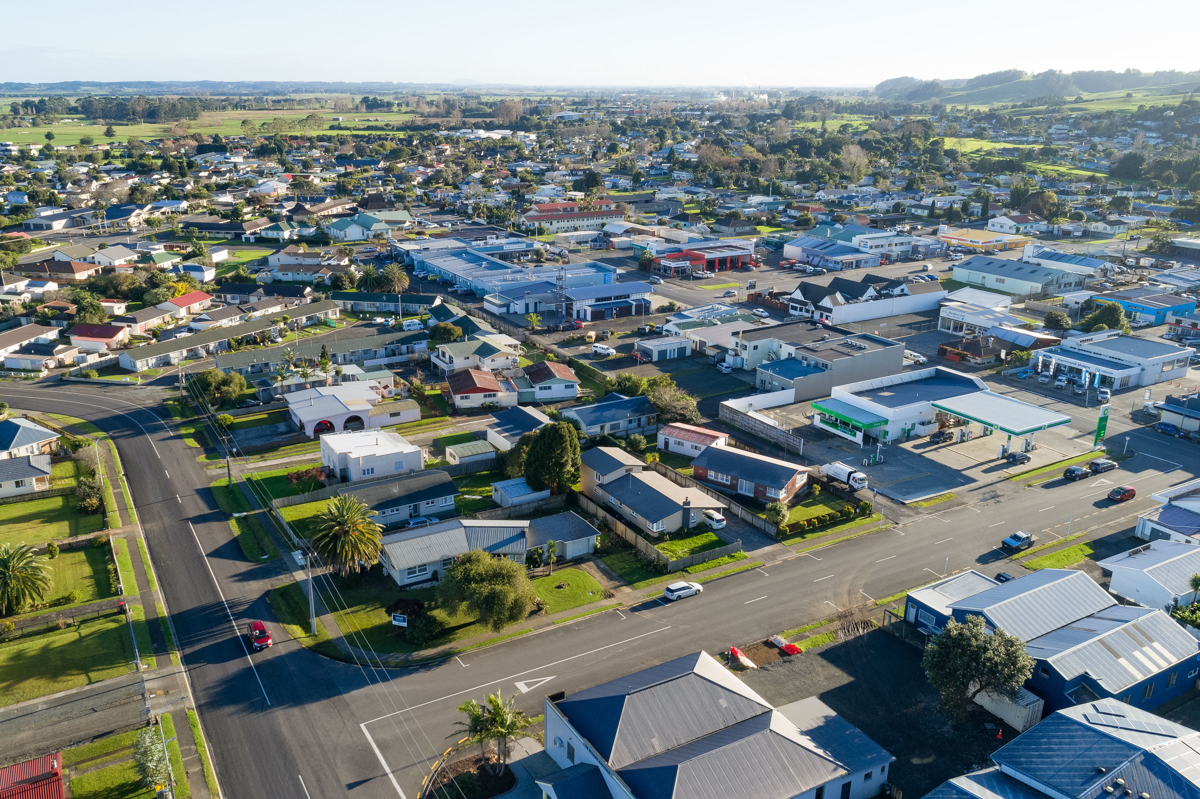Council to build a district-wide housing strategy
Far North District Council will take a lead in tackling the district’s housing crisis by working more closely with iwi and hapū, housing agencies and developers to reduce barriers to building new homes.

Far North District Council will take a lead in tackling the district’s housing crisis by working more closely with iwi and hapū, housing agencies and developers to reduce barriers to building new homes.
The move comes after a proposal to develop a district-wide housing strategy was adopted by councillors during their final council meeting for 2023. Development of the strategy will draw on the award-winning collaborative approach adopted by Hastings District Council to address housing challenges. This clearly identified areas of council responsibility and those of other agencies and was successful in improving the housing situation in Hastings.
In December 2022, the council identified housing is an activity of regional or national significance and appointed Deputy Mayor Kelly Stratford and Councillor Babe Kapa to take responsibility for a newly created housing portfolio.
The report delivered to councillors at their 11 December 2023 meeting said that the council’s role in housing had largely been as a regulator. The council sets housing development policy via the District Plan and applies that through resource and building consents. This had resulted in ad-hoc development with no cohesive approach across the district.
While the council does not have the mandate or resources to tackle the crisis housing alone, the report said that the council is the authority best placed to lead a strategy to get all agencies around the table and working together.
The new housing strategy will have a 10-20-year timeframe and will focus on increasing affordable housing options for communities, ensure homes are healthy warm and sustainable, and improve housing options for Māori.
The report also listed actions the council is already undertaking to better support housing development. Examples include work on a Housing and Business Land Capacity Assessment and a review of how the District Plan enables papakāinga housing.
The report also acknowledged that development of the housing strategy would take time and will occur over the next 18 months, beginning with research and consultation with interested parties. To kick this process off, council staff and elected members will attend the inaugural Waitangi Housing Expo at the Waitangi grounds tomorrow. This will be an opportunity for the public to discuss housing and the housing strategy, and for staff and elected members to hear about housing issues direct from whānau.
Other consultations and opportunities to become involved in the strategy will be announced in coming months.
Key statistics:
- Far North population projected to peak at 83,200 in 2049.
- Household size between 2.6-2.7 occupants.
- Number of dwellings projected to peak at 32,100 in 2046.
- 480 applicants on the Public Housing Register as at March 2023. Increased from 90 in March 2018.
- 15.5% of the population in the Far North were living in overcrowding situation. For Māori overcrowding in the Far North is 27.6%.
- The New Zealand Index of Deprivation shows Far North as having a high deprivation level.
- The Public Housing Plan found Northland has the worst quality housing in NZ.
- Far North District has a housing affordability index of 6.6 which is defined as severely unaffordable.
- Employment growth has averaged 2.8% per annum between 2014 and 2020.
Tags: News story

